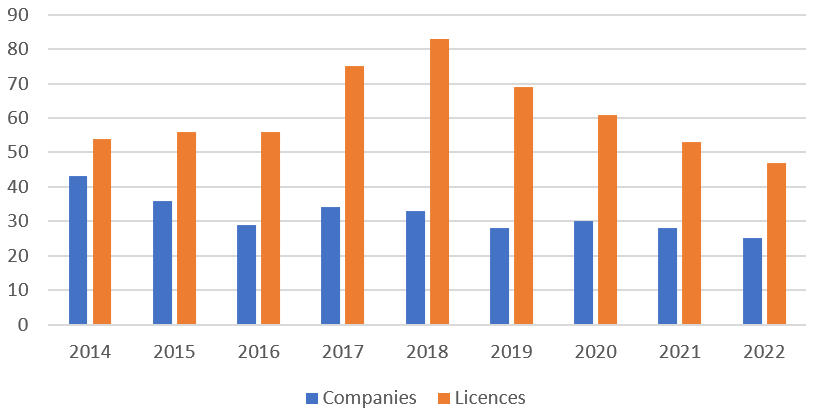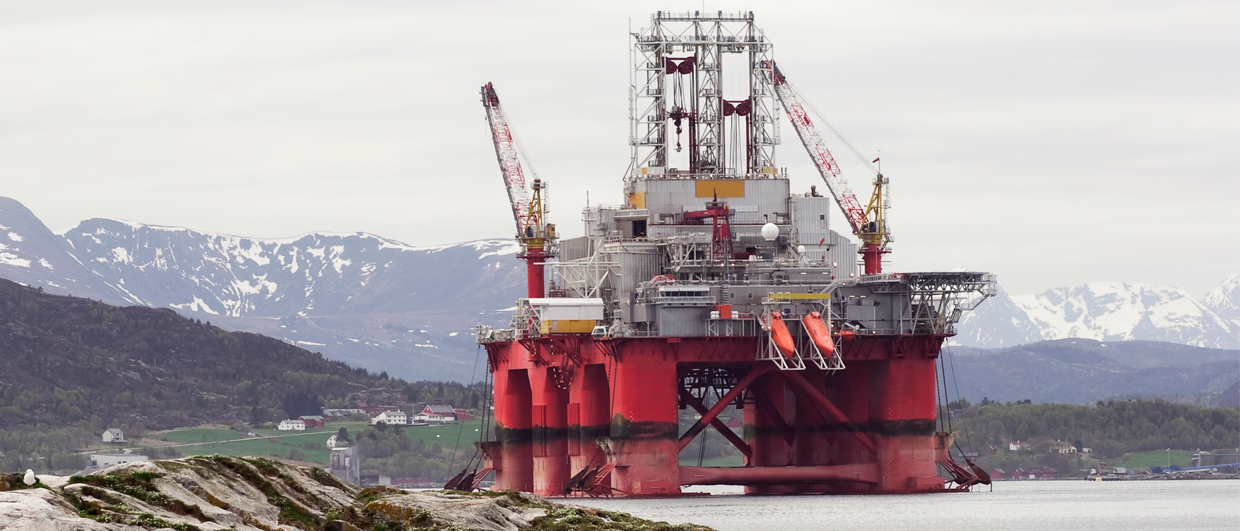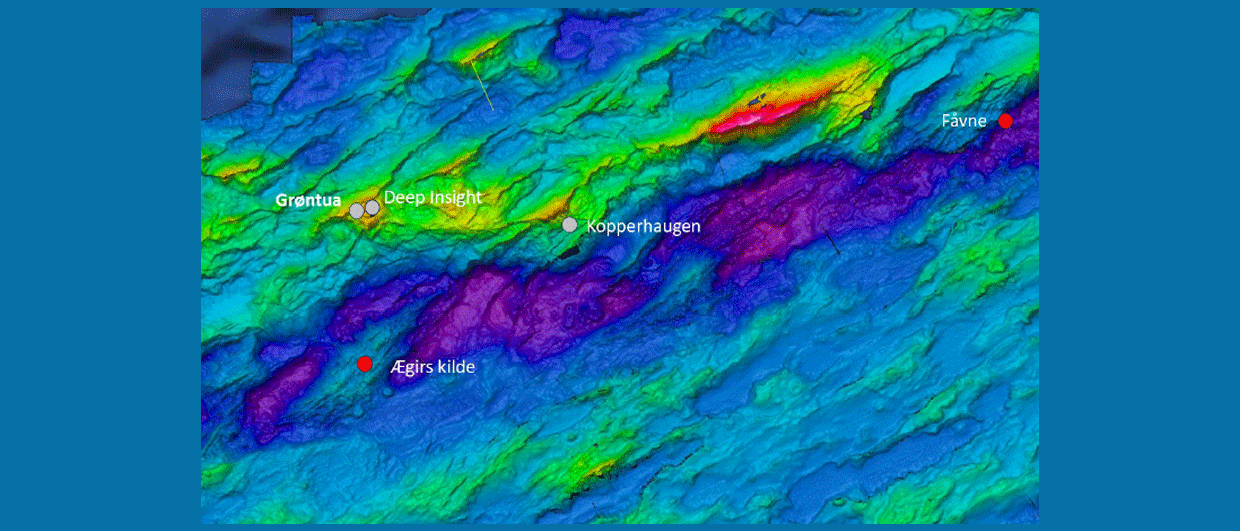Like last year, the NPD expressed gratitude for the diversity of companies interested in the 2022 APA round on the Norwegian Continental Shelf. The Awards in Predefined Areas (APA) licensing rounds are held annually and focus on acreage in mature areas.
However, when looking at the number of companies that have been awarded APA licences as well as the number of licences awarded over time, it is obvious that there is a declining trend in the number of awards and companies involved since 2018. How to put this into perspective?

Constrained Budgets
Sidsel Lindsø, the director of subsurface consultancy ExploCrowd and who is currently visiting a conference in Sandefjord dedicated to energy and politics, said to GEO ExPro: “One explanation for the limited number of awards is that the 2022 exploration budgets were still constrained due to the legacy of Covid-related events, even though oil and gas prices have recovered throughout 2022.”
The fact that many of the awarded licences this year are simply extensions of already existing licences may also be a testament to the more limited efforts put into this round overall.
Interested in having a quick overview of the APA 2022 awards? You can check this in the app the team at ExploCrowd built. Download the app here.
Recycling
“At the same time, it is also important to be aware that due to the nature of these APA rounds, with a strong focus on ILX (infrastructure-led exploration), there is not a lot of new acreage on offer from one year to the other,” Lindsø stressed. “It is therefore not too much of a surprise that the number of applications comes down over time,” she added.
Along the same lines, as the same areas are being looked at over the years, there is inevitably an element of recycling prospects. Although there is always a chance of finding something that had been missed before, the number of hidden gems will most likely come down as time progresses and drilling continues. “This is a drawback of the APA Rounds, Lindsø says. This naturally turns the attention to what really helps to add barrels: more frontier exploration.
Firm wells
Four firm wells have been proposed this APA Round. An interesting observation is that at least two of these commitment wells are located in licences with a stratigraphic component. 1182 S to the west of the Swisher discovery is limited to the interval above the Base Cretaceous Unconformity. The same applies to 043 FS, just north of Martin Linge.
It is likely that the well in 043 S is targeting Eocene sandstones that proved to be hydrocarbon bearing in well 30/7-2 in the area of the Martin Linge field. Similarly, the well in 1182 S is likely targeting a Kveikje sand-injectite equivalent to the south of where 35/10-8 S was drilled last year.
Regardless of the exact targets, these commitment wells will not be the most expensive holes to be drilled across the NCS in the years to come.
A Balanced Portfolio
In an innovation portfolio, one should ideally have a 70-20-10 distribution: 70% ILX (existing operations), 20% of activities in emerging areas and the chance to find the company makers in frontier areas with 10% of the portfolio. “It is the last 10% that adds incremental volumes, says Lindsø, and that is what is currently missing across the NCS.”
“What we are seeing now, Lindsø continues, “is the result of an underinvestment in exploration for many years, with little focus on emerging and frontier areas. That will have consequences for a rapid declining Norwegian production profile where we will see a 50% reduction over the next ten years.
Against the backdrop of the energy situation in Europe, I hope that this is the last year of strong focus on ILX. It will require close collaboration between companies to make more frontier exploration work, but this is exactly what Norway does well.”





